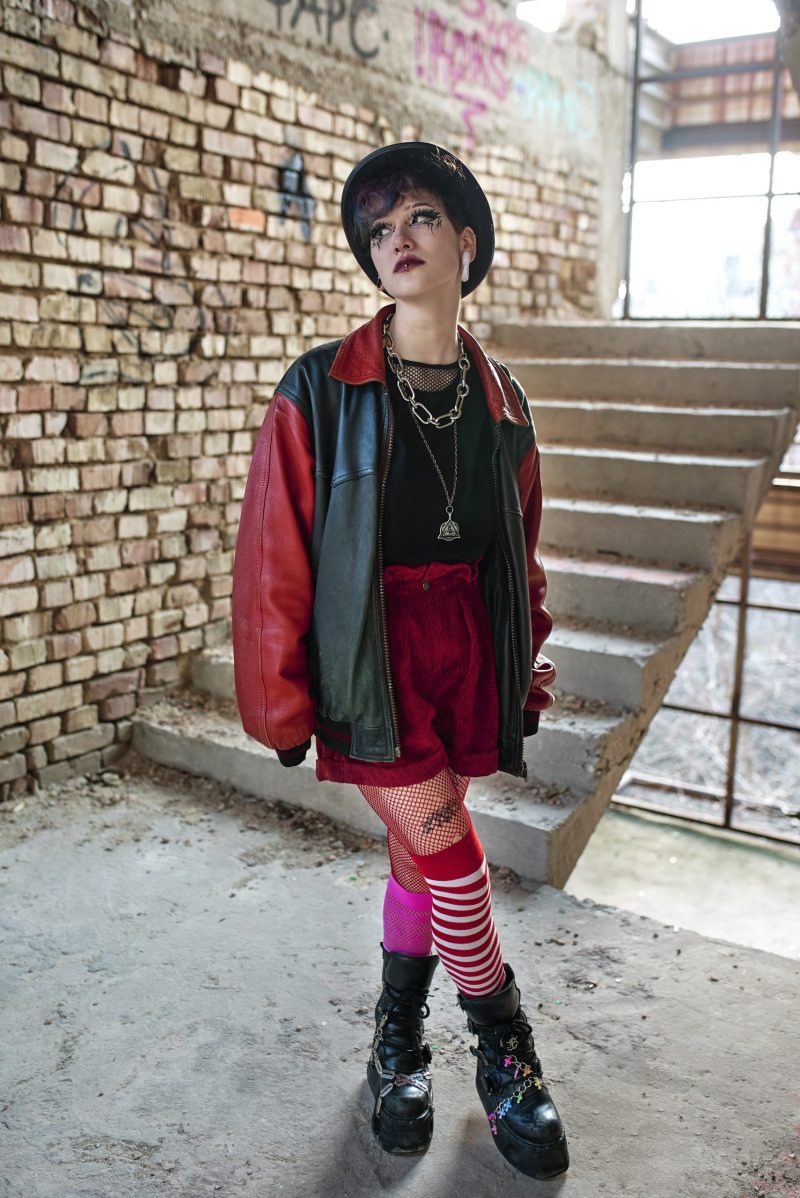From its humble beginnings on the lanes of Modern York and Los Angeles, streetwear has advanced into a worldwide wonder that impacts the most elevated echelons of mould. This fashion, established in surf, skate, and hip-hop societies, has not as it were entered the standard design industry but too reshaped it, affecting major architects and setting patterns on the catwalks around the world.
The Beginnings of Streetwear
Streetwear’s travel started in the late 1970s and early 1980s, born from the DIY stylish of surf and skate societies. Early influencers were not mould creators by exchange but or maybe surfboard creators and skaters themselves, who begun creating t-shirts, hoodies, and shoes that reflected their way of life. This grassroots approach reverberated with youthful individuals who were enthusiastic to express their distinction and disobedience against standard norms.
The Social Intersection
The rise of hip-hop encourage moved streetwear into the spotlight. Hip-hop craftsmen received and advanced streetwear brands, increasing in value their genuineness and road validity. This cross-pollination between music and design turned streetwear into a social image, with brands like Stüssy, Preeminent, and afterwards Off-White, implanting themselves into the texture of urban way of life over the globe.
Mainstream Acknowledgement and Tall Mould Embrace
By the 2000s, streetwear started affecting standard design. Tall mould creators begun to recognise the influence of streetwear, driving to collaborations that would have appeared improbable in past decades. Louis Vuitton’s collaboration with Incomparable in 2017 checked a urgent minute, signalling that streetwear had earned its put on the tall mould runway. These collaborations profited both sides by mixing tall fashion’s appeal with streetwear’s tense request, pulling in a broader audience.
Streetwear in Today’s Mould Industry
Today, streetwear is more than fair casual clothing; it is a critical portion of modern design exchanges, affecting regular patterns and creator collections. The tasteful has advanced to incorporate components of extravagance and restrictiveness, with limited-edition drops and high-profile collaborations getting to be a standard promoting methodology for streetwear brands.
Sustainability and Future Directions
As the design industry faces expanded investigation over natural issues, streetwear brands are moreover starting to grasp maintainability. Materials like natural cotton, reused textures, and ecologically neighbourly colours are getting to be more predominant. This move is not as it were a reaction to shopper request but moreover a reflection of the genre’s flexibility and its roots in counterculture, which regularly challenges societal standards, counting those with respect to generation and consumption.
Conclusion
Streetwear’s advancement from the sidewalks to the catwalks reflects broader changes in society, counting shifts in what we esteem in clothing and how we express our characters. It’s a design fashion that has overseen to stay important by ceaselessly advancing and adjusting to the times whereas remaining genuine to its centre values of realness and community. As streetwear proceeds to create, it will likely keep affecting the design industry in inventive and unforeseen ways.
For more experiences into how streetwear is forming the future of design, keep taking after our web journal. We dive profound into rising patterns, originator collaborations, and the integration of maintainability in streetwear mould, advertising a comprehensive see at where this energetic fashion is headed next.


